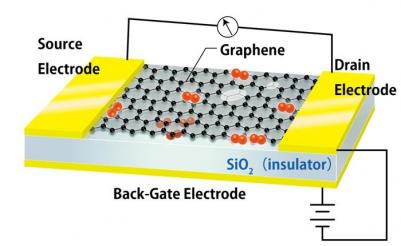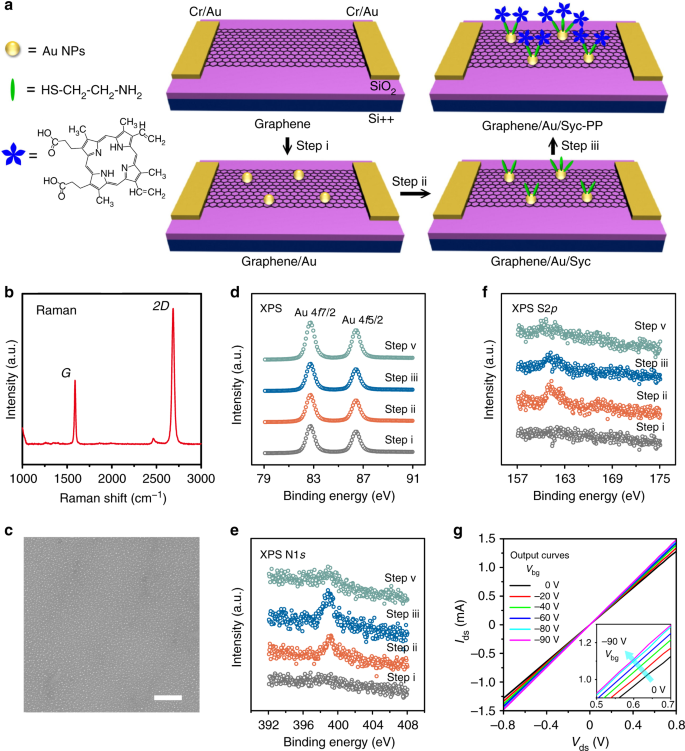Abstract: The past decade has seen rapid growth in the research area of graphene andits application to novel electronics. With Moore's law beginning to plateau,the need for post-silicon technology in industry is becoming more apparent.Moreover, existing technology is insufficient for implementing terahertzdetectors and receivers, which are required for a number of applicationsincluding medical imaging and security scanning. Graphene is considered to be akey potential candidate for replacing silicon in existing CMOS technology aswell as realizing field effect transistors for terahertz detection, due to itsremarkable electronic properties, with observed electronic mobilities reachingup to $2 times 10^5$ cm$^2$ V$^{-1}$ s$^{-1}$ in suspended graphene samples.This report reviews the physics and electronic properties of graphene in thecontext of graphene transistor implementations. Common techniques used tosynthesize graphene, such as mechanical exfoliation, chemical vapor deposition,and epitaxial growth are reviewed and compared. One of the challengesassociated with realizing graphene transistors is that graphene issemimetallic, with a zero bandgap, which is troublesome in the context ofdigital electronics applications. Thus, the report also reviews different waysof opening a bandgap in graphene by using bilayer graphene and graphenenanoribbons. The basic operation of a conventional field effect transistor isexplained and key figures of merit used in the literature are extracted.Finally, a review of some examples of state-of-the-art graphene field effecttransistors is presented, with particular focus on monolayer graphene, bilayergraphene, and graphene nanoribbons.
- Graphene Field Effect Transistors For Biological And Chemical Sensors
- Field Effect Transistor Circuits

Graphene Field Effect Transistors For Biological And Chemical Sensors
Graphene is an ideal material for high-performance photodetectors because of its superior electronic and optical properties. However, graphene’s weak optical absorption limits the photoresponsivity of conventional photodetectors based on planar (two-dimensional or 2D) back-gated graphene field-effect transistors (GFETs). Graphene field-effect transistors (GFETs) are emerging as bioanalytical sensors, in which their responsive electrical conductance is used to perform quantitative analyses of biologically-relevant molecules such as DNA, proteins, ions and small molecules.
Submission history
From: Mohamed Warda [view email][v1]
 Mon, 19 Oct 2020 13:59:47 UTC (6,280 KB)
Mon, 19 Oct 2020 13:59:47 UTC (6,280 KB)Full-text links:
Download:
Current browse context:References & Citations

Field Effect Transistor Circuits
arXivLabs is a framework that allows collaborators to develop and share new arXiv features directly on our website.


Both individuals and organizations that work with arXivLabs have embraced and accepted our values of openness, community, excellence, and user data privacy. arXiv is committed to these values and only works with partners that adhere to them.
Have an idea for a project that will add value for arXiv's community? Learn more about arXivLabs and how to get involved.
